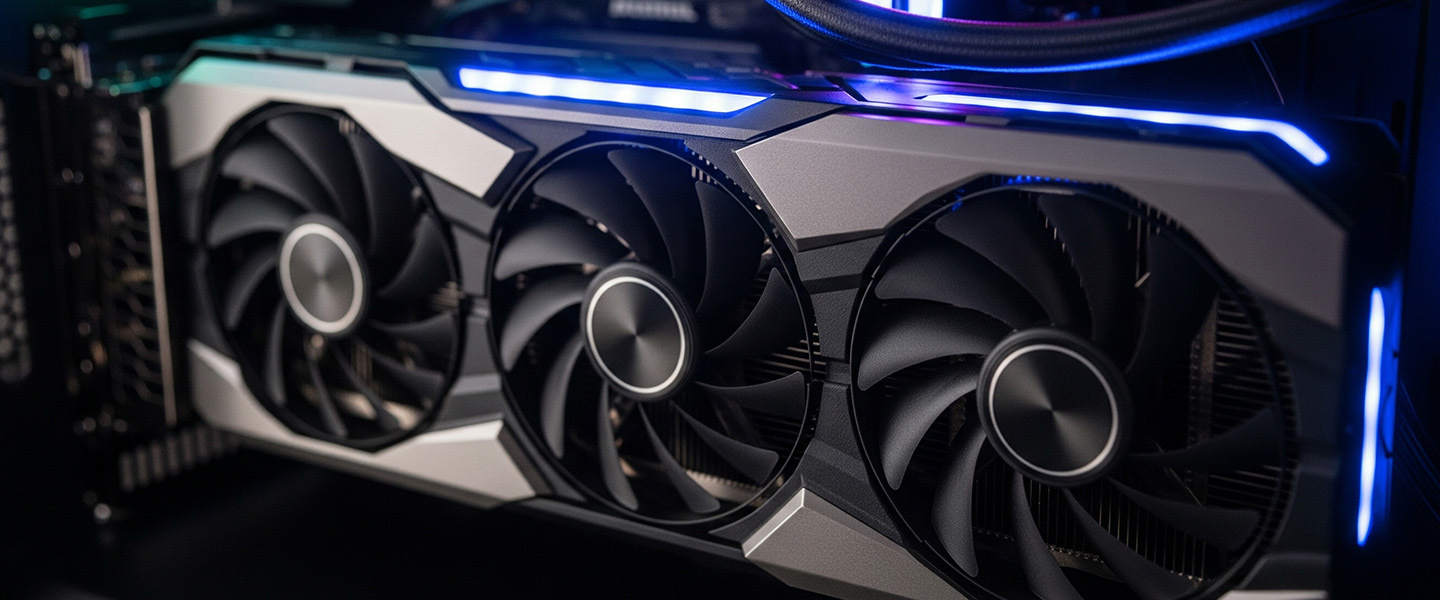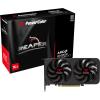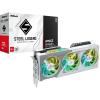When you’re looking at a new computer, you'll often see terms like "integrated" and "dedicated" graphics. For many, this is confusing jargon, but the concept is actually quite simple. The graphics part of your computer is what creates all the images you see on the screen, from a simple webpage to a complex video game. The choice between integrated and dedicated graphics comes down to what you plan to do with your computer.
What are Integrated Graphics?
Think of integrated graphics as the all-in-one, built-in solution. The graphics processor is a small part of the computer's main brain, the Central Processing Unit (CPU). Because it’s built right into the same chip, it shares the computer’s main memory to do its work.
What are the Pros?
- Affordability: Computers with integrated graphics are typically more budget-friendly.
- Efficiency: They use less power, which means longer battery life for laptops. They also produce less heat, allowing for thinner and lighter designs.
- Simple Tasks: For everyday tasks like browsing the internet, writing documents, and watching streaming video, integrated graphics are more than enough.
What are the Cons?
- Limited Power: Integrated graphics are not designed for heavy lifting. They struggle with demanding tasks, which can lead to slow performance and stuttering visuals in complex applications.
A great example of this is in many modern ultra-thin laptops that are perfect for students and professionals. These devices, powered by processors like the latest Intel Core or AMD Ryzen chips, offer an excellent balance of performance for everyday tasks and impressive battery life, all in a sleek, portable design.

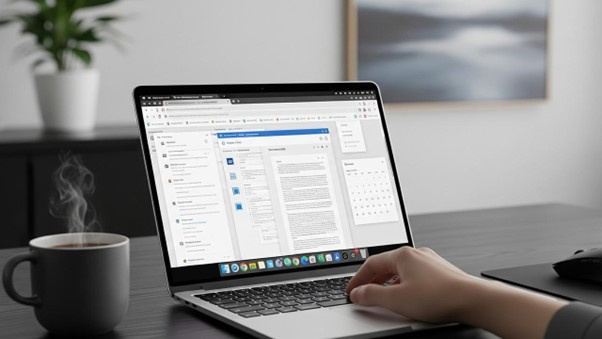
What are Dedicated Graphics?
Dedicated graphics are the specialist, high-performance option. This comes as a separate card or chip with its own processor (called a GPU) and its own memory (VRAM), so it doesn’t need to borrow resources from the main CPU. This dedicated hardware is designed from the ground up to handle intense graphical workloads.
A dedicated graphics card's own memory, or VRAM, is a crucial detail. Think of VRAM as the GPU's personal workspace. The more VRAM a card has, the more information it can handle at once, which is vital for high-resolution gaming and professional creative projects.
What are the Pros?
- Raw Power: Dedicated graphics cards deliver a massive boost in performance. They can handle high-resolution visuals and complex rendering with ease.
- Gaming: For gamers, a dedicated card is essential for playing the latest titles with high frame rates and stunning visual quality.
- Creative Work: Video editors and 3D modellers will find their software runs much faster and more smoothly with a powerful dedicated GPU.
What are the Cons?
- Higher Cost: Computers with a dedicated graphics card are more expensive.
- More Power and Heat: These cards draw more power, which can shorten a laptop’s battery life and require a more robust cooling system, leading to thicker and heavier computers.
High-end systems designed for gaming or creative work often feature top-of-the-line dedicated graphics cards. For example, a desktop with a NVIDIA GeForce RTX 5070 Ti or an AMD Radeon RX 9060 XT graphics card is a powerful machine built for the most demanding tasks.
For those who want a blend of value and performance, there is a "sweet spot" in the dedicated graphics market. Mid-range options like the NVIDIA GeForce RTX 4060 and the AMD Radeon RX 7600 are popular choices. These cards provide great performance for modern gaming at standard resolutions and can handle most creative software without breaking the bank.
You can find these cards in popular gaming laptops, such as the Acer Nitro V series, or in pre-built desktop systems, offering a strong balance for a wide range of users.

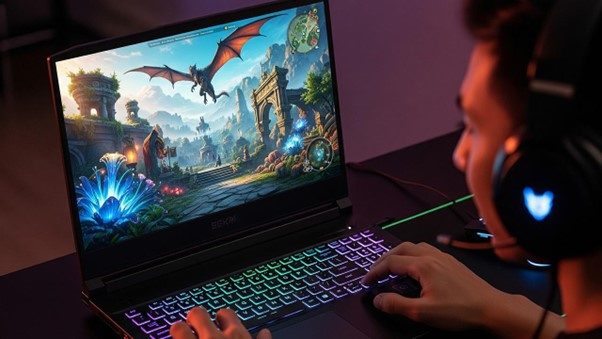
Laptops vs. Desktops
It's important to remember that a dedicated graphics card in a laptop is not the same as a dedicated graphics card in a desktop. Due to space, heat, and power limitations, a laptop's GPU is often a less powerful version of its desktop equivalent. A powerful gaming laptop will deliver a fantastic experience, but a desktop with a similar graphics card will often have an edge in raw performance.
How to Choose: The Final Decision
The choice is all about your needs. There's no single "best" option, just the right one for you.
- Choose Integrated Graphics if: You use your computer for basic tasks like web browsing, streaming movies, social media, and school or office work. An affordable, ultra-portable laptop will serve you well.
- Choose Dedicated Graphics if: You're a serious gamer who wants the best performance, a video editor, or a creative professional. Investing in a dedicated graphics card is a non-negotiable for a smooth and fast experience. When considering a dedicated GPU, think about your long-term needs. If you plan to get into more demanding tasks later, a dedicated card is a worthwhile investment.
By understanding the basic differences, you can make a smarter choice and get a computer that perfectly suits your lifestyle and budget.

